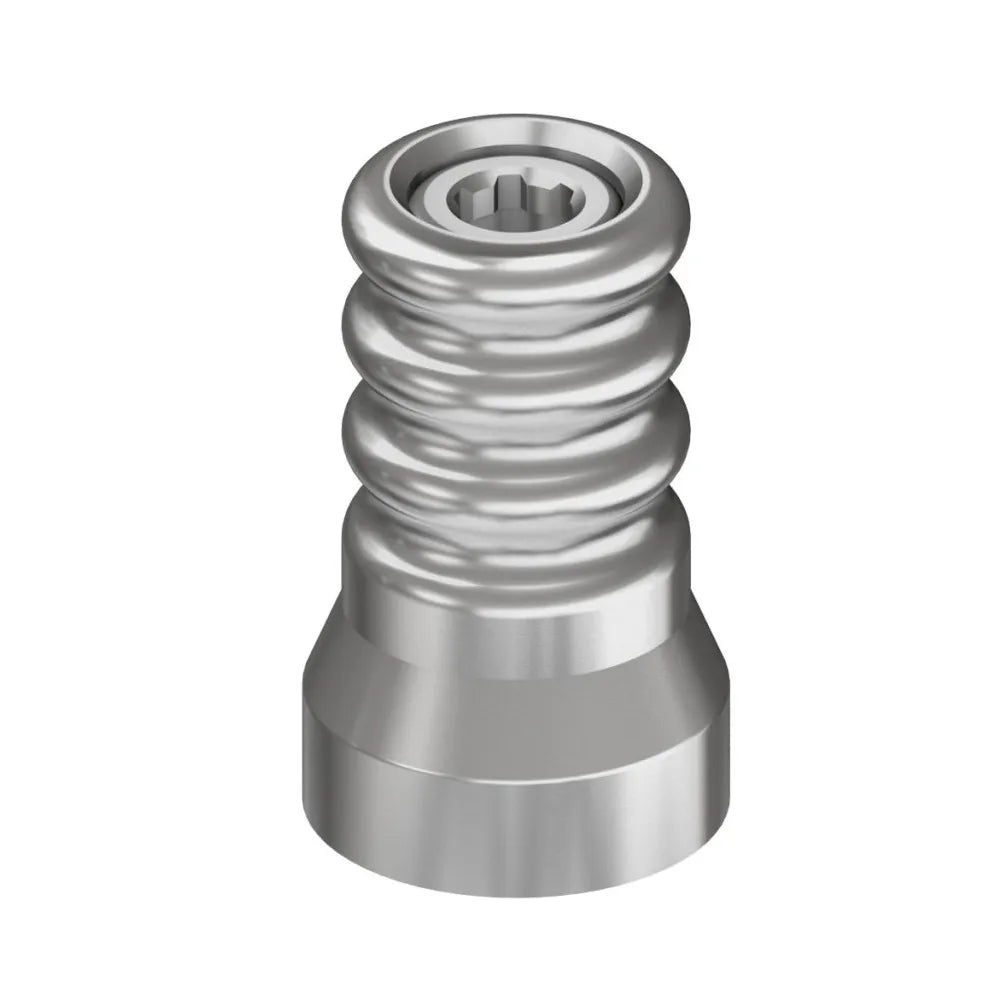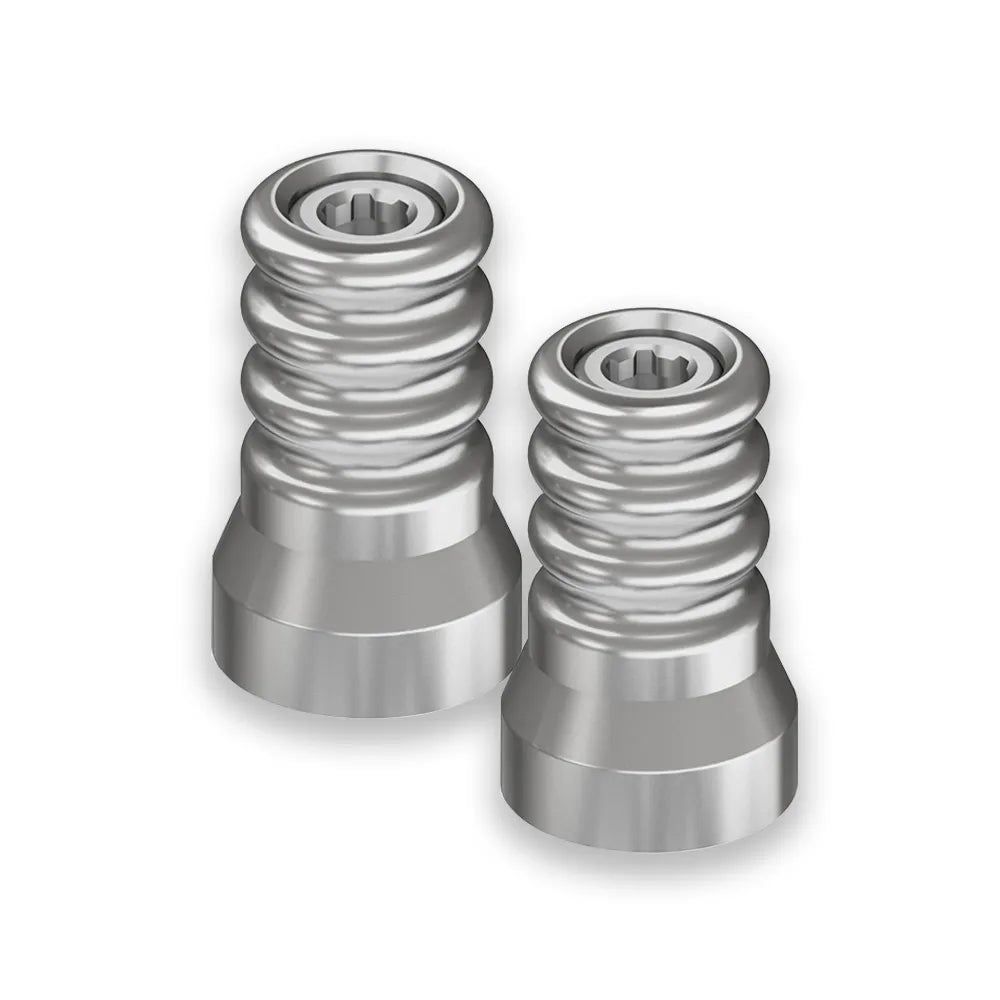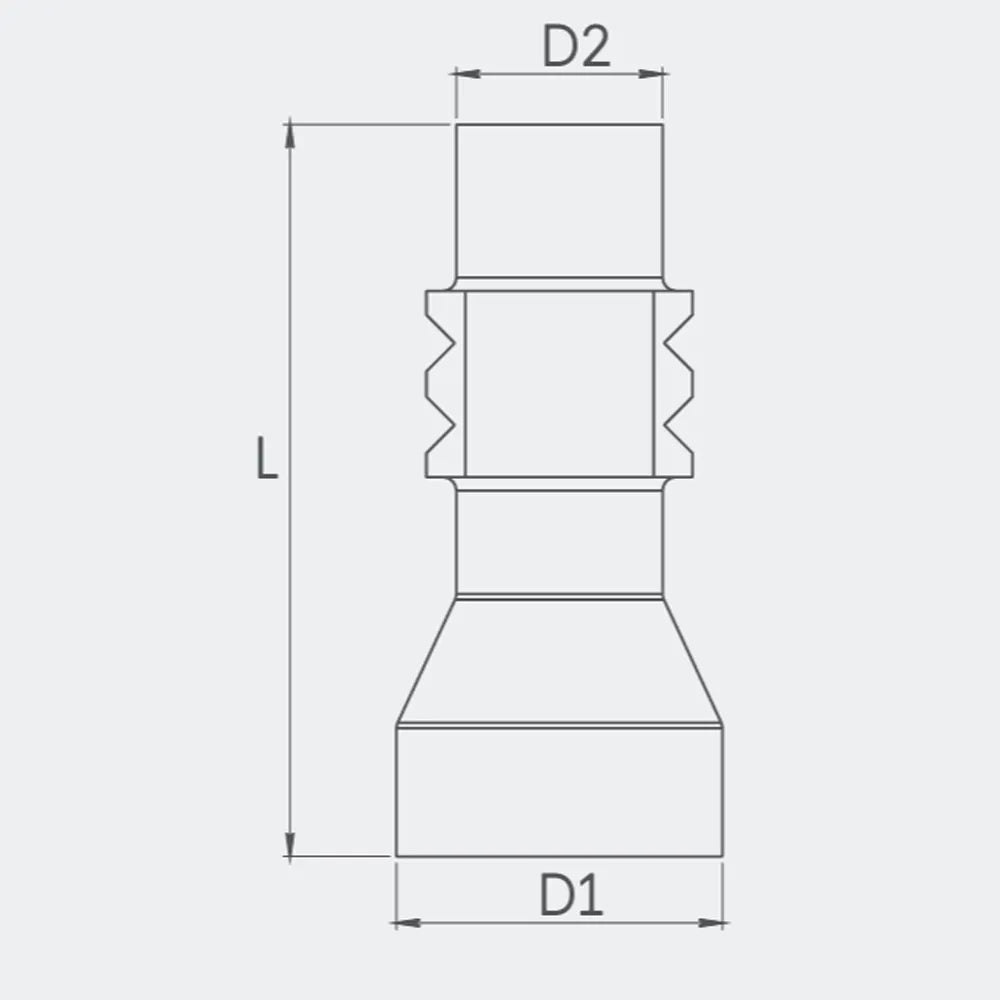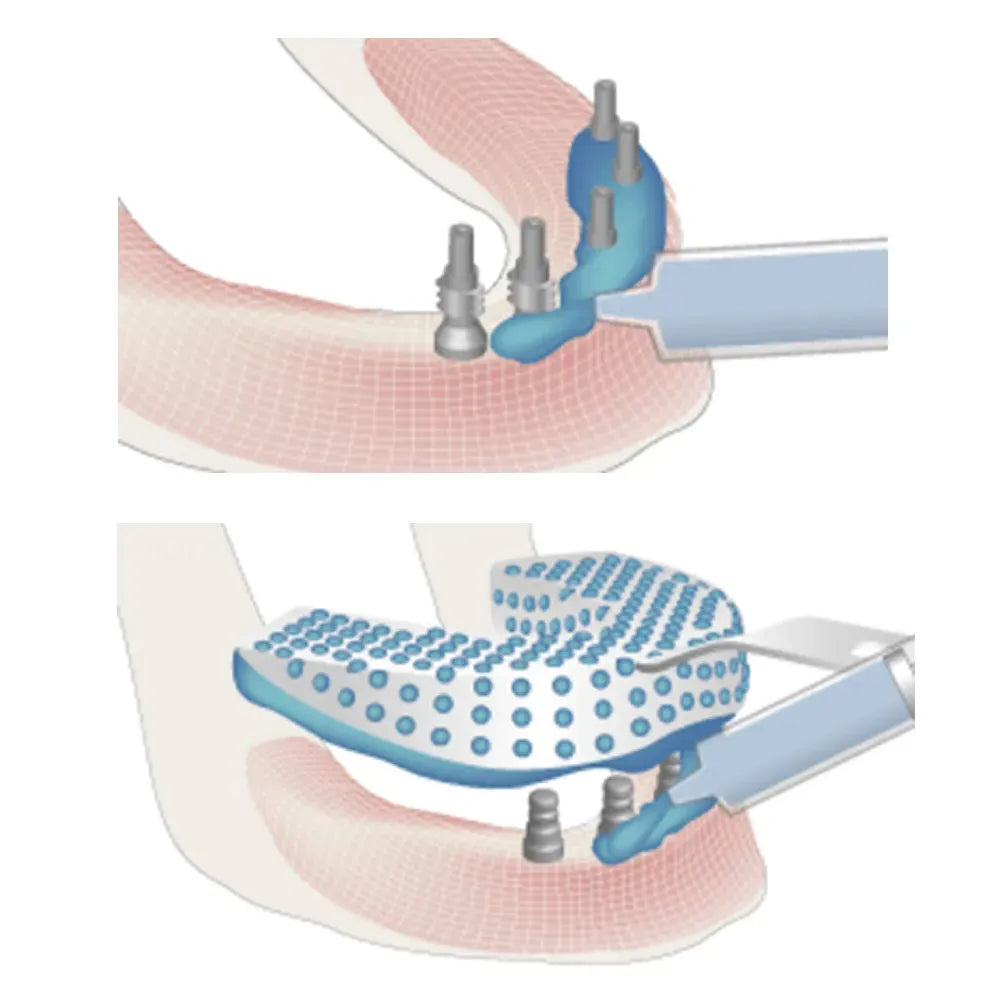adin
Adin TMA Close Tray Impression Coping (RS5011)
Adin TMA Close Tray Impression Coping (RS5011)
Couldn't load pickup availability
The Adin TMA Close Tray Impression Coping (RS5011) is designed to capture precise dental impressions during implant procedures. This coping is specifically engineered for use with TMA abutments, ensuring the accurate transfer of implant positions to the dental laboratory, which is essential for successful restorations. Its close tray design simplifies the impression-taking process, allowing for straightforward and efficient capture of implant positions. The coping is compatible with various impression materials, providing flexibility in different clinical settings.By ensuring an exact replica of the implant's position, the RS5011 enhances the accuracy of the final restoration, leading to improved patient outcomes. This component is indispensable for dental professionals aiming for high precision and efficiency in their implantology workflows.
Features
Features
- Close Tray Design: Simplifies the impression-taking process
- Precision Fit: Ensures accurate transfer of implant positions to the dental laboratory
- Compatibility: Works with various impression materials
- Efficiency: Streamlines workflows for quicker and more efficient procedures
- Ease of Use: Designed for straightforward application without additional components
- Flexibility: Suitable for different clinical settings
- Reliability: Provides consistent and dependable results
- Enhanced Accuracy: Improves the final restoration's precision
- Compatibility with TMA Abutments: Specifically designed for use with TMA abutments
- Improved Patient Outcomes: Contributes to better restoration accuracy and patient satisfaction
Description
Description
Specification
Specification
- Length: 8.0mm
- Diameter 1: 4.9mm
- Diameter 2: 4.1mm
- Implant system: RS,NP,RP,WP
- Type: Close Tray Transfer Impression Coping
- Material: Precision-engineered dental-grade material
- Compatibility: Designed for optimal compatibility with dental implants
- Impression Method: Facilitates efficient and precise impression-taking
Packaging
Packaging
- 1 x Close Tray Impression Coping
Direction to use
Direction to use
Preparation:
- Ensure you have all necessary impression materials and equipment ready
- Verify that the TMA abutments are correctly positioned and secure
Attachment:
- Place the Close Tray Impression Coping (RS5011) over the TMA abutment in the patient's mouth. Ensure it fits snugly and securely
Impression Material:
- Apply the chosen impression material around the coping, making sure it covers the coping fully and captures the surrounding tissues accurately
Setting:
- Allow the impression material to set according to the manufacturer's instructions, ensuring it fully hardens around the coping
Removal:
- Carefully remove the impression tray with the coping from the patient’s mouth once the material has set
Inspection:
- Check the impression for accuracy and completeness. Ensure that the coping has been correctly captured in the impression
Laboratory Submission:
- Send the impression to the dental laboratory for processing, where it will be used to create the final restoration
Post-Procedure:
- Clean and sterilize the impression coping for reuse or disposal as per standard protocos
Additional info
Additional info
- Country of Origin: Israel
- Manufacturer: Adin
Warranty
Warranty
- Warranty is not applicable for this product.
Product Related Questions
Product Related Questions
Question : What is the Adin TMA Close Tray Impression Coping used for?
Answer: The coping is used to capture precise dental impressions of TMA abutments, ensuring accurate transfer of implant positions to the dental laboratory.
Question : How does the close tray design benefit the impression process?
Answer: The close tray design simplifies the impression-taking process by allowing easy and efficient capture of the implant's position without additional components.
Question : Is the coping compatible with all impression materials?
Answer: Yes, the coping is designed to work with various impression materials, providing flexibility in different clinical settings.
Question : How do I attach the impression coping?Answer: Place the coping over the TMA abutment in the patient’s mouth, ensuring it fits snugly and securely before applying the impression material.
Share








